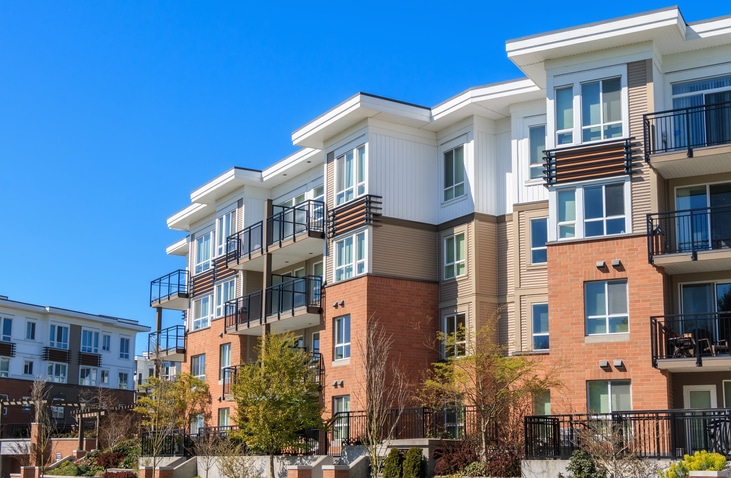Source: US News —
The housing market continues to be incredibly tight for home buyers, with just 2.7 months of available housing supply for sale as of November 2022, but it’s also not been a picnic for renters, who are fighting for units in an increasingly tightening (and expensive) market. Real estate investors have come up with a sort of middle ground solution to both of these issues: built-for-rent (BFR) housing. BFR has been getting a lot of attention lately, and for good reason.
What Is Built-for-Rent Housing?
BFR housing, sometimes called “build-to-rent,” is a fairly new twist on an old concept. Of course, everyone knows about houses for lease, and a lot of people have even owned them as investors. But BFR is a little different. Instead of just having a house here or there, BFR homes are clustered together and form a community, much like an apartment community, and with many of the same amenities.
“What we mean by ‘build-for-rent’ is that we build what’s essentially an apartment building as a defined community,” says Ben Miller, co-founder and CEO of Fundrise, a real estate investment platform headquartered in Washington, D.C.
“There would be a leasing office and a pool or fitness center, but instead of having it stacked up, you have it laid out horizontally. Those homes could be townhomes or little cottages, or detached single family houses. It really depends on the geography,” Miller says. “Obviously if you’re in urban infill, it’s going to be super dense, but if you’re in suburban Houston, for example, it’s going to be detached. From an institutional point of view, it operates like multifamily or apartment buildings and from a consumers point of view it lives like single family.”
Although potential tenants are finding this new type of property appealing for a number of reasons, landlords really like BFR, too, because they’re designed to make owning single-family rentals much easier than they’ve ever been.
“Geared at having several years or more per tenant stay, BTRs can offer a staggering 74% renewal rate,” says Jack Richardson, licensed real estate salesperson at SERHANT in The Hamptons, New York. “BTR can be incredibly useful to landlords, as they can be properties built and designed for easier renovation or correctional work, access to systems, and they are traditionally more well equipped for turnover, while encouraging less of it, and an assortment of clientele.”















